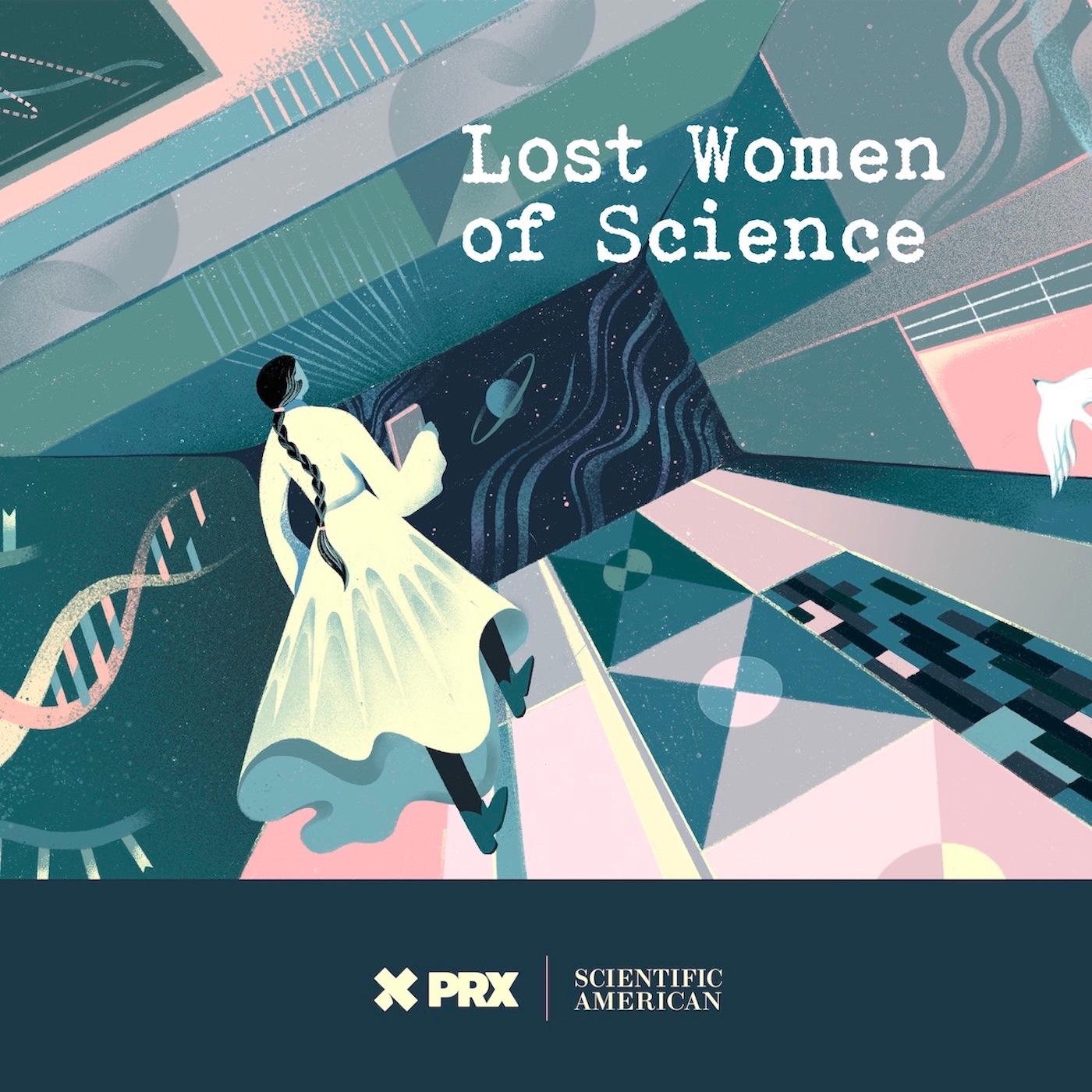
Lost Women of Science
Lost Women of ScienceFor every Marie Curie or Rosalind Franklin whose story has been told, hundreds of female scientists remain unknown to the public at large. In this series, we illuminate the lives and work of a diverse array of groundbreaking scientists who, because of time, place and gender, have gone largely unrecognized. Each season we focus on a different scientist, putting her narrative into context, explaining not just the science but also the social and historical conditions in which she lived and worked. We also bring these stories to the present, painting a full picture of how her work endures.
For every Marie Curie or Rosalind Franklin whose story has been told, hundreds of female scientists remain unknown to the public at large. In this series, we illuminate the lives and work of a diverse array of groundbreaking scientists who, because of time, place and gender, have gone largely unrecognized. Each season we focus on a different scientist, putting her narrative into context, explaining not just the science but also the social and historical conditions in which she lived and worked. We also bring these stories to the present, painting a full picture of how her work endures.

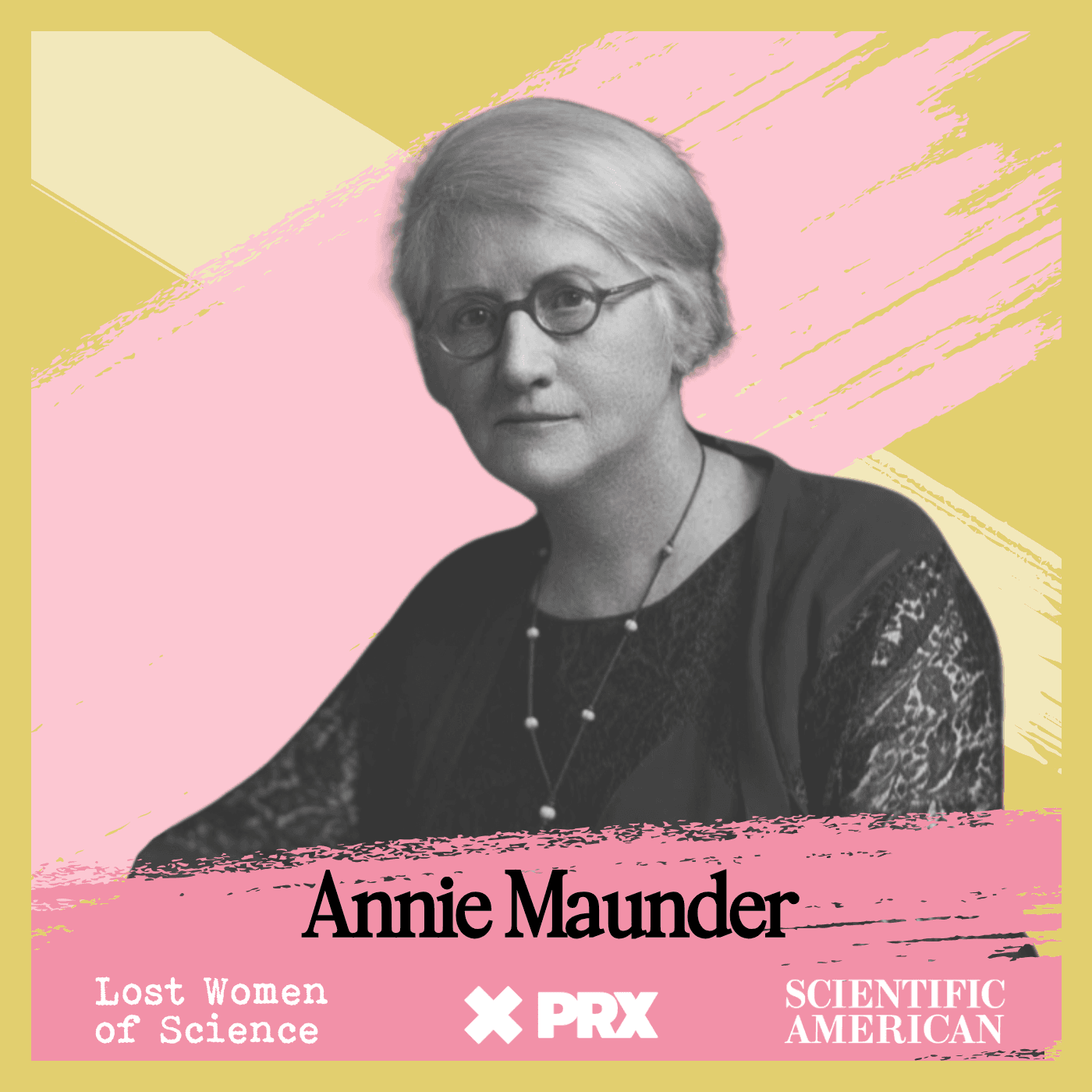









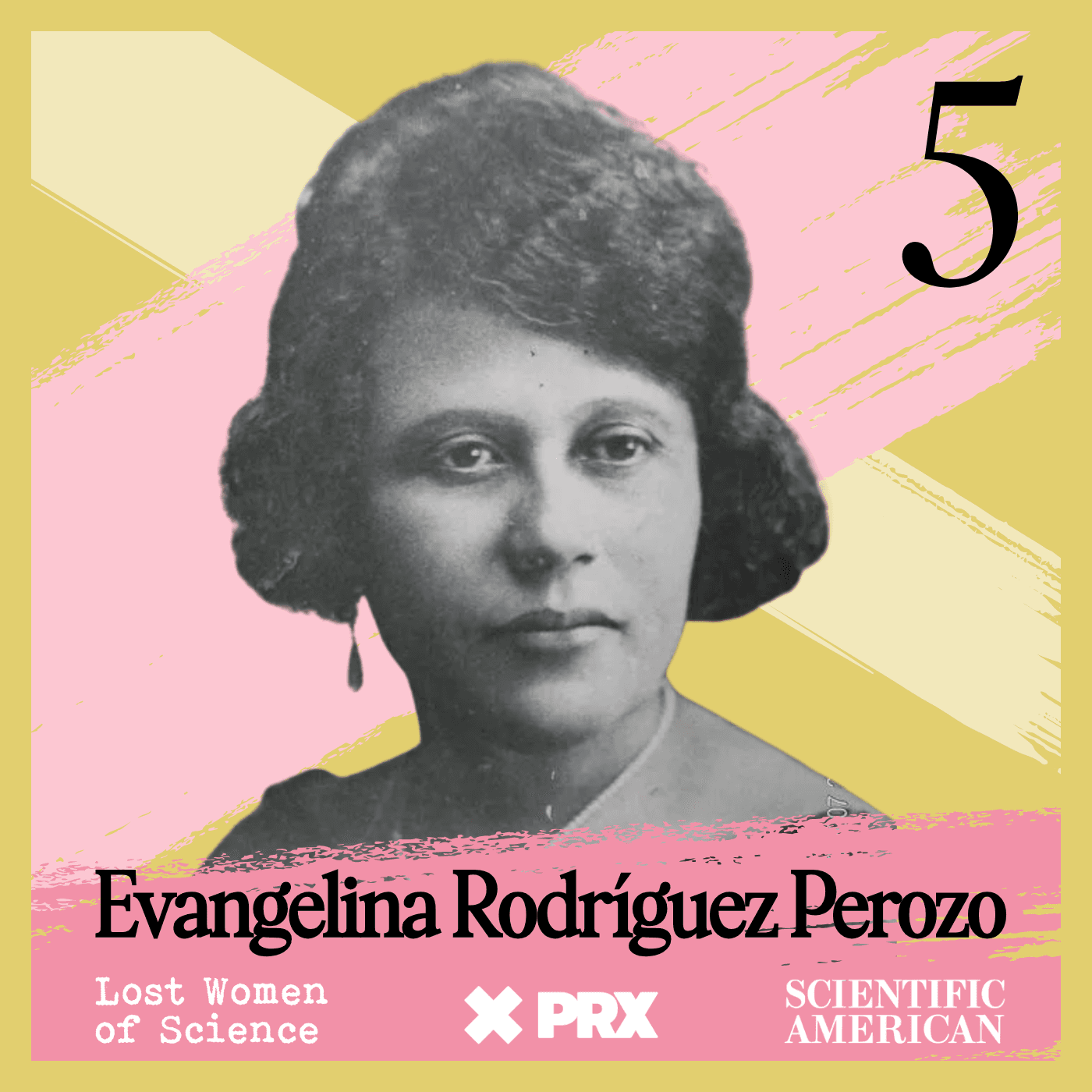











































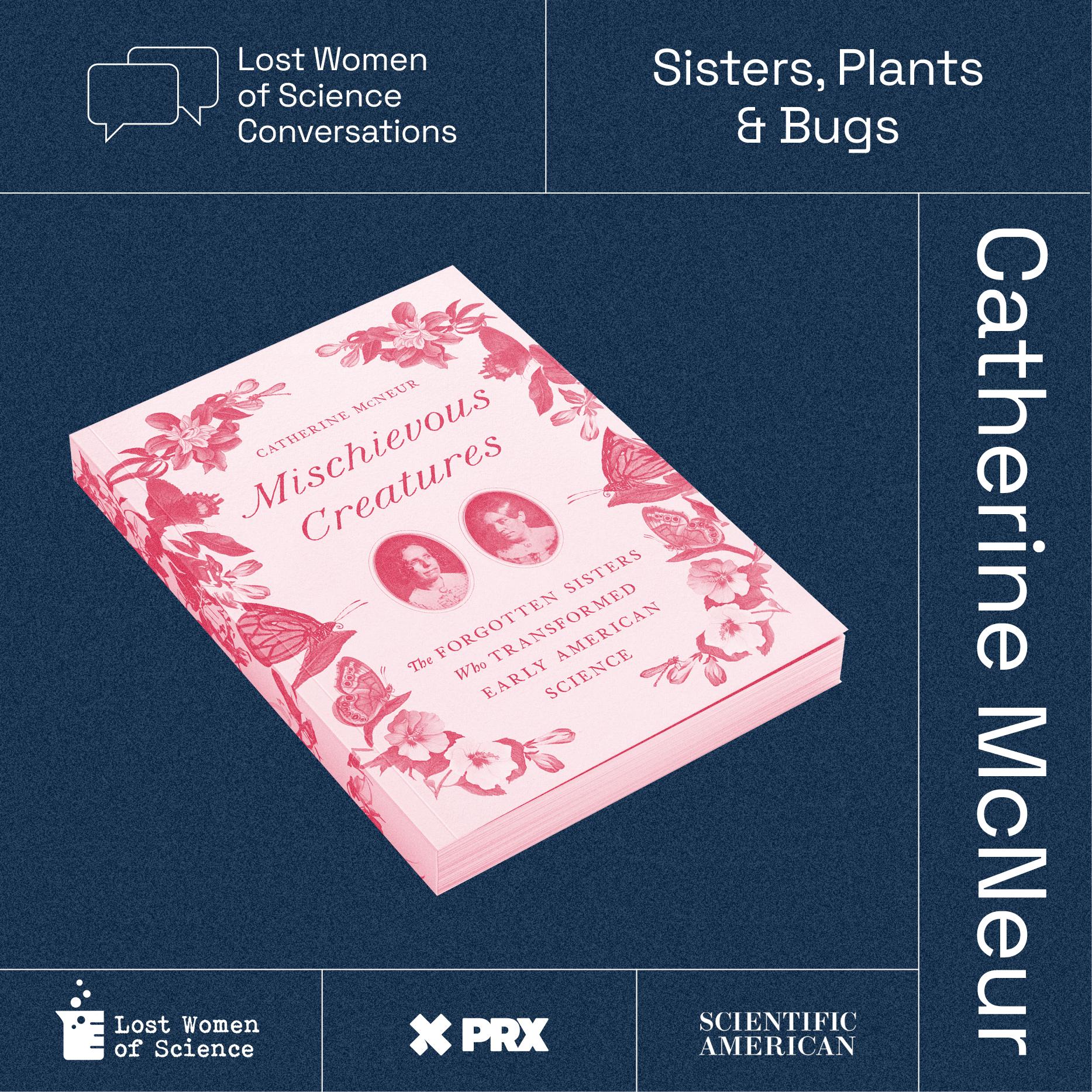










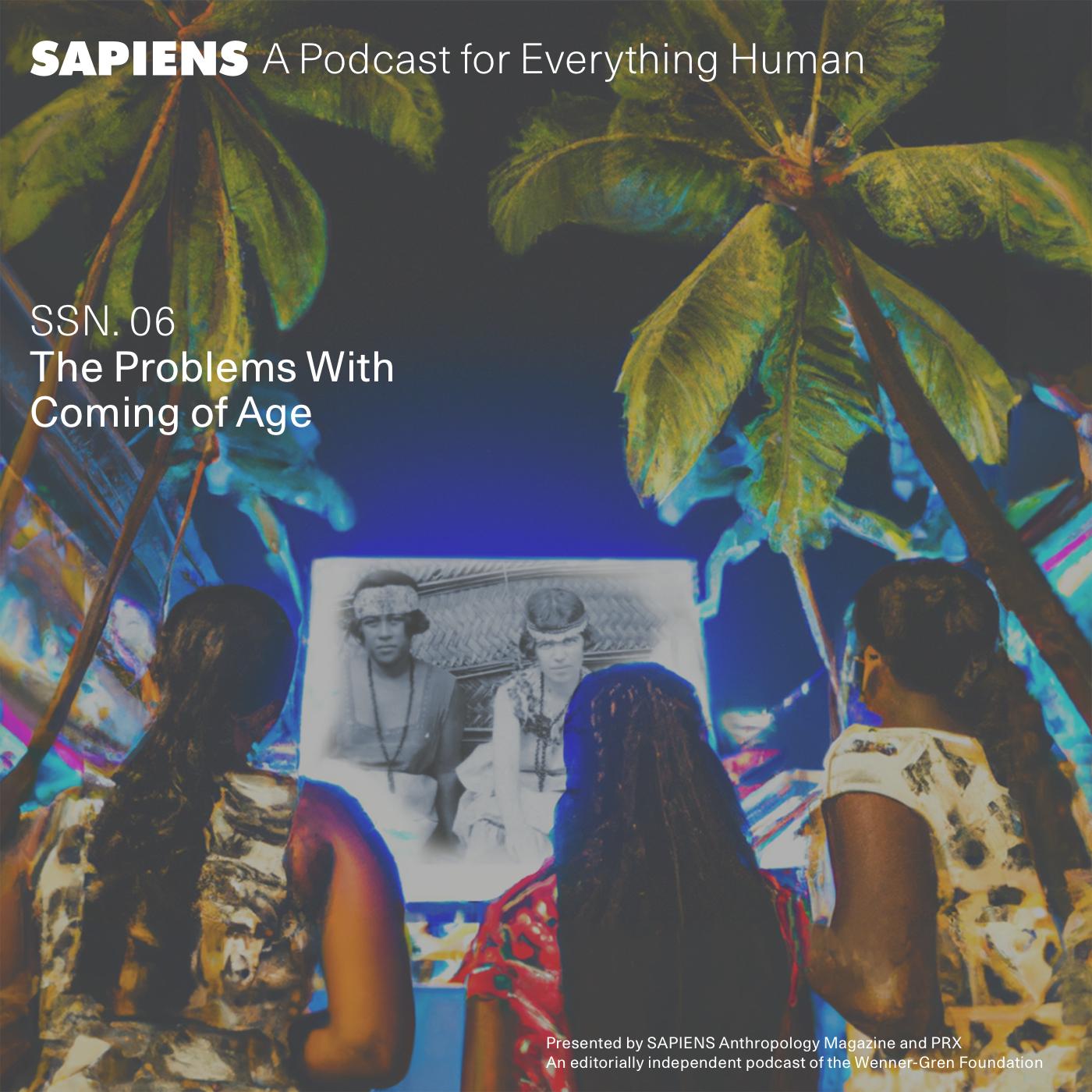











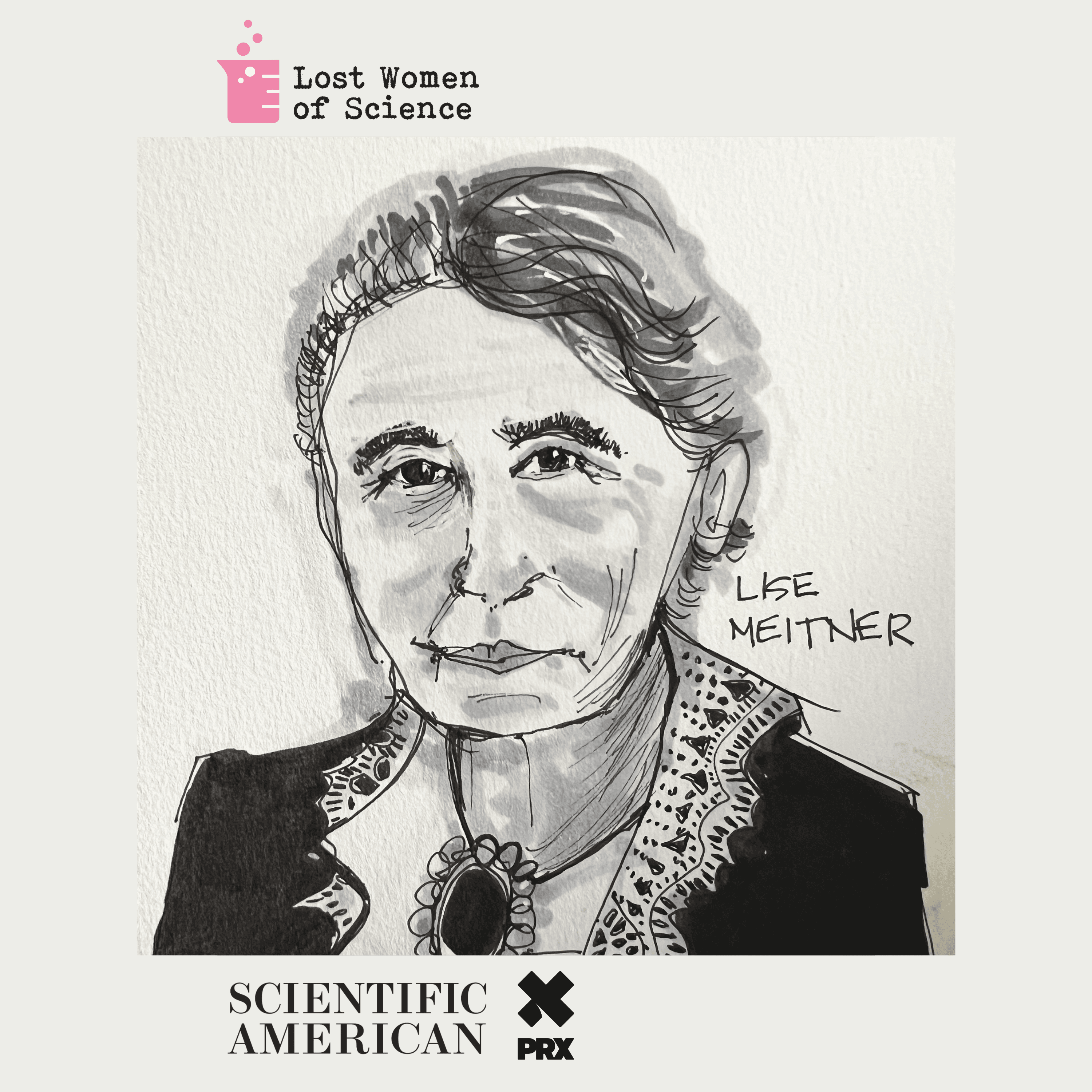




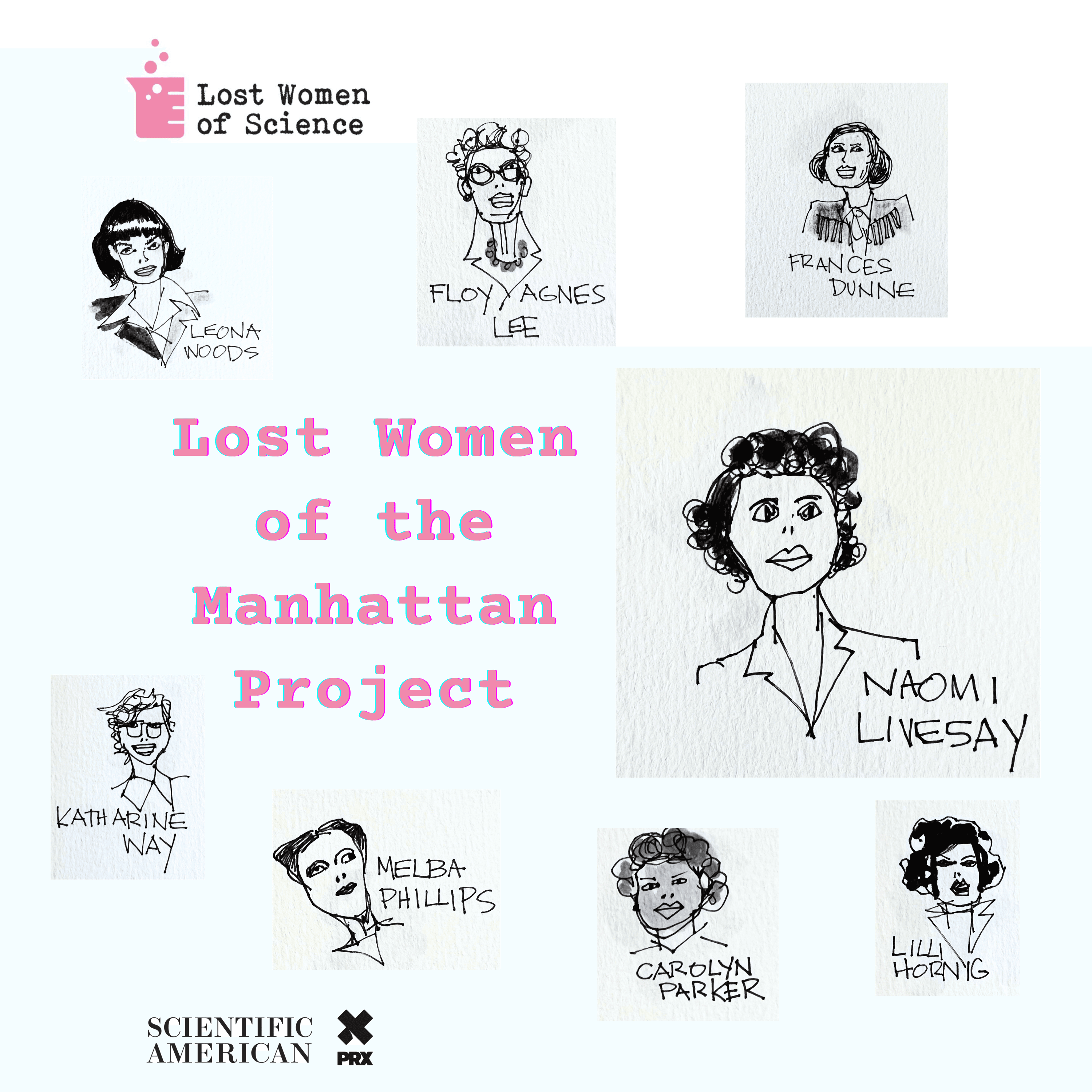




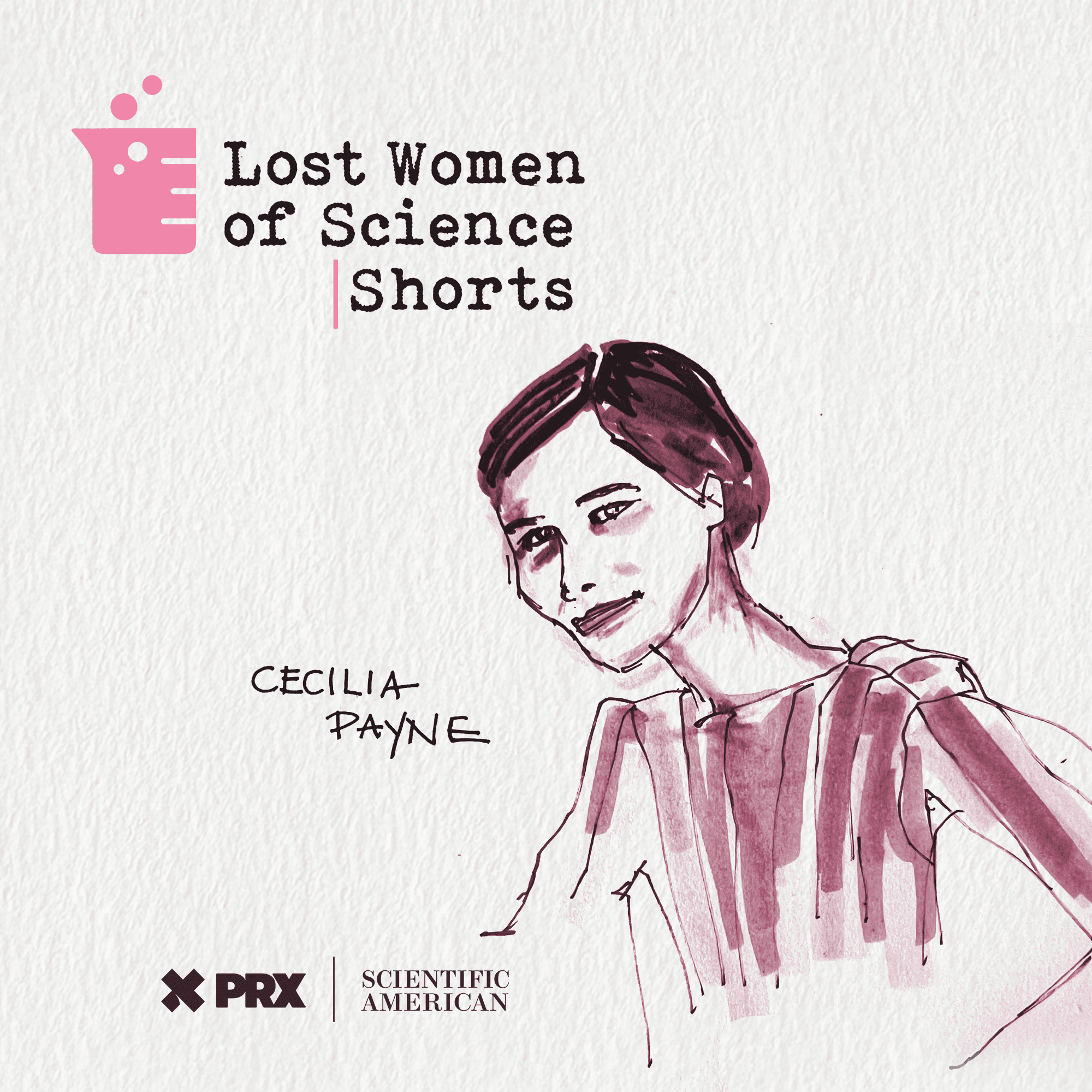


























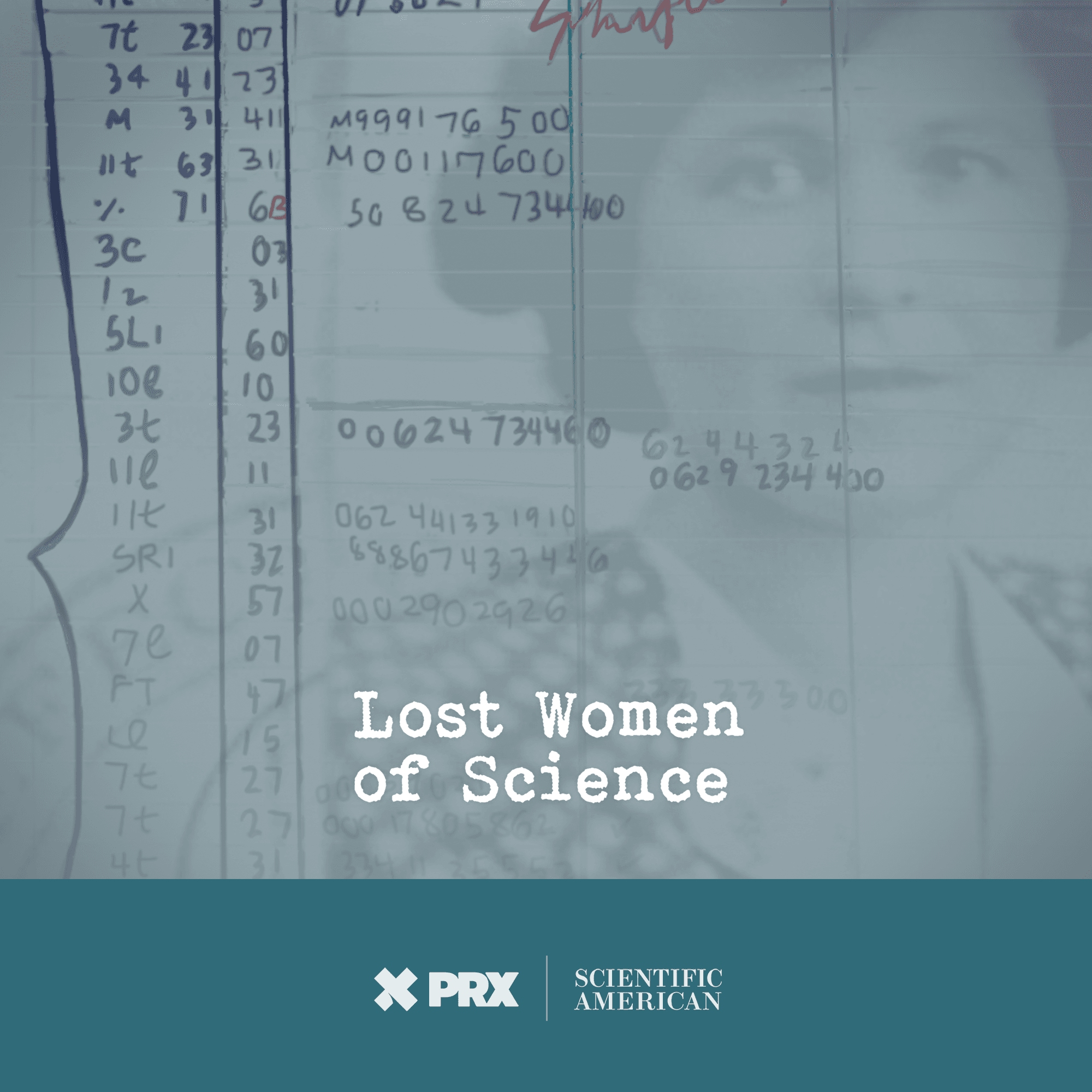
Lost Women of Science Conversations: The Black Angels

In the first of a new series we’re calling Lost Women of Science Conversations—and a fitting choice for Black History Month—we talk to Maria Smilios, author of a new book that tells the story of Black nurses who were lured from the Jim Crow South to work at a tuberculosis (TB) hospital called Sea View on Staten Island, N.Y. Facing unsanitary conditions and racial prejudice, these “Black Angels” cared for TB patients for decades before a cure that they helped develop was found. It’s a story of bravery and dedication that Smilios pieced together from oral histories and medical records because there were no archives that described these nurses’ work.
Learn about your ad choices: dovetail.prx.org/ad-choices